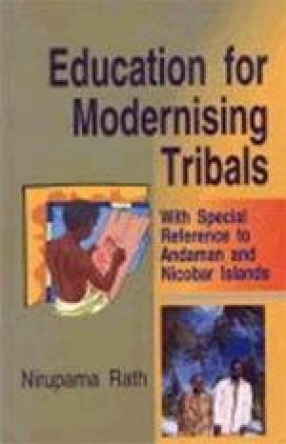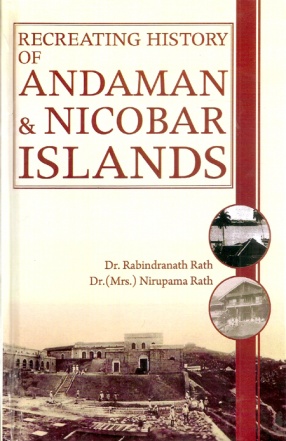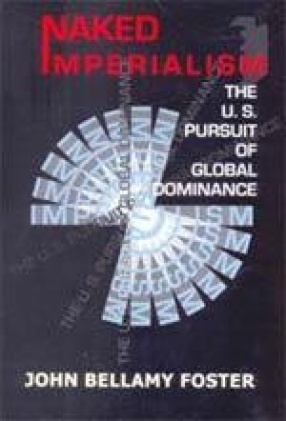The Andaman Nicobar Islands are famous for their scenic beauty and for strategic importance. These islands are significant because during the pre-independence period the nationalists and the freedom fighters were incarcerated in the Cellular Jail which is popularly known as Indian Bastille. Although the non-tribal locals constitute a large segment of the population of these islands, the tribals who are the original inhabitants, provide the specialty for which these islands have become focal point of discussion and analysis. The tribals of these islands were allowed to lead their life in their natural habitat without being disturbed by the impact of modern civilization. Although the British and the foreign authors wrote many books on it, these did not throw much light on the socio-cultural life of the tribes. However, some Christian Missionaries with the support of the administration made some stride in this field. It may be mentioned that because of the strategic significance of these islands, the government of India gives considerable priority to the development of these islands and promoting the welfare of its people, particularly the tribals. This has generated a new and great interest in studying the socio-cultural and political life and process of modernization of the tribals with a view to improve their socio economic conditions and bringing them into the national mainstream. In all, there are six recognized tribes. Of these the Nicobarese and the Shompens belong to the Mongoloid stock and the remaining four namely Onges, Great Andamanese, Jarawas and Sentinelese are of Negrito origin. The Nicobarese are most popular and attained a greater degree of advancement. The other tribals are primitive and have undersized population. Due to the absence of a systematic study and analysis it has not been possible to have the right perspective for both planning and programming for proper development. Efforts made by the government and voluntary agencies to bring the benefits of modernization and developmental administration to the tribals have been more often suffered in the absence of priorities and the prognostication of future consequences. While it is unavoidable that the benefits of modern education, health and medical facilities, science and technology, transport and communication are to be provided to the tribals for bringing them into the mainstream of life, it is usually important to understand the basic ingredients of the tribal societies and their psychology. While giving benefits of modernization to the tribals, care should be taken to protect them form the evil impact of detribalization. An attempt has been made in this book to give an authentic account of different factors in modernizing the Nicobaree tribes with a special emphasis on the role of education.
Recreating History of Andaman and Nicobar Islands (In 4 Volumes)
The history of Andaman and ...
$225.00
$250.00






There are no reviews yet.